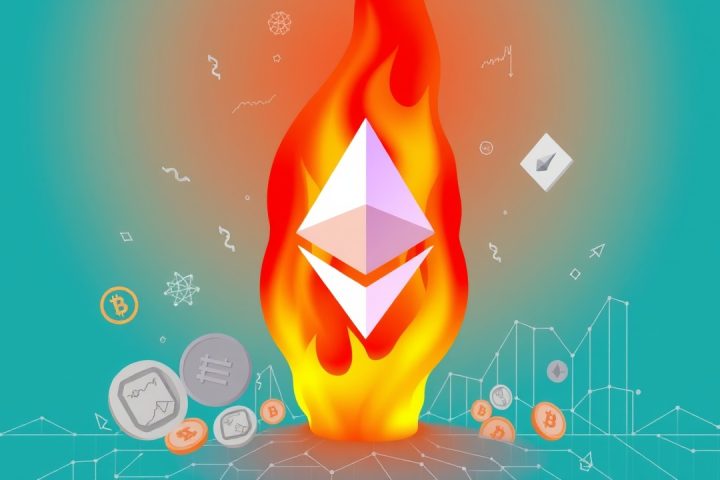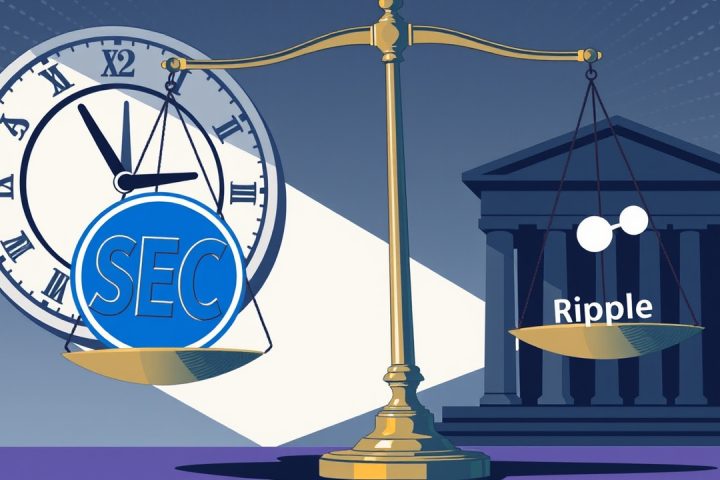Introduction
In a move aimed at reshaping transaction fee structures on the Ethereum network, co-founder Vitalik Buterin and researcher Anders Elowsson have unveiled a new proposal. This initiative introduces a cohesive multidimensional fee market, intended to enhance fee calculations and economic efficiency within the Ethereum ecosystem.
Significance of Timing
The timing of this proposal is significant, coinciding with a period of notably low network fees. In fact, the median gas price for Ethereum has lingered below 1 Gwei for the past week, marking the lowest levels recorded this year. This low fee environment highlights the urgency for a more flexible and effective fee system to accommodate future network growth.
Core Proposal Details
At the heart of the new proposal is a singular max_fee parameter that users will designate when initiating a transaction. This single fee would be applicable across various network resources—computation, storage, and calldata—eliminating the need for users to set distinct fee limits for each resource individually. The intention is for Ethereum to dynamically allocate the designated max_fee to the resources that require it most, thereby optimizing the usage of capital.
Unified Fee Updates
The proposal details a unified approach towards fee updates, featuring a single updating fraction and a general reserve pricing structure, alongside a gas normalization strategy that upholds current percentage ranges while stabilizing prices amidst changes in gas limits. Currently, Ethereum operates with two distinct fee systems: EIP-1559 for standard gas fees and EIP-4844 for blob gas. This new proposal aspires to merge both mechanisms under the umbrella of EIP-4844, offering enhanced control over resource consumption in the long run.
Implementation and Future Prospects
This multidimensional fee market design is engineered to enable Ethereum to better respond to temporary surges in demand while ensuring price stability across multiple resources. The initial phase of implementation will focus on integrating this system with calldata, which plays a crucial role in transaction speed. Gradually, other Ethereum Virtual Machine (EVM) resources could be incorporated, with an emphasis on maintaining backward compatibility.
Conclusion
If adopted, this proposal promises to streamline the user experience and facilitate greater scalability for the Ethereum network, consolidating fee structures and fostering flexible pricing mechanisms. This proactive approach lays the foundation for more predictable and efficient activity on the network, setting the stage for Ethereum’s continued evolution.




